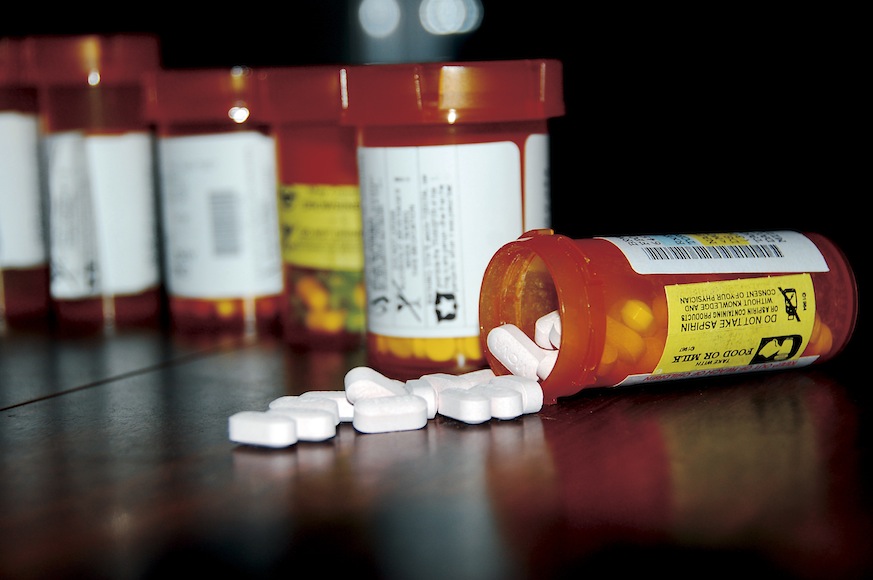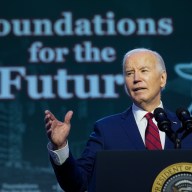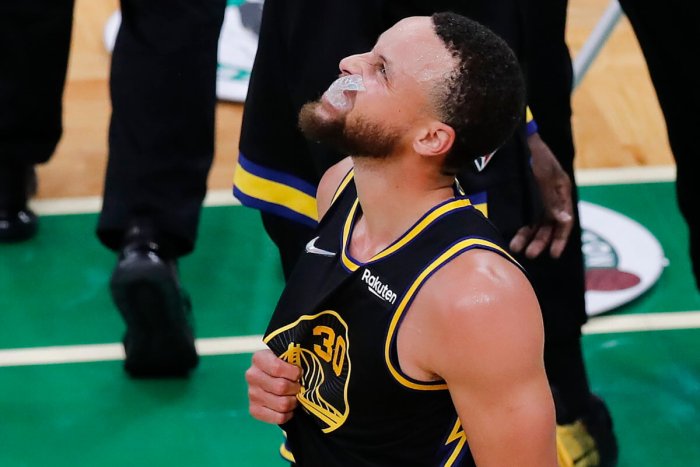With the opioid epidemic leading to thousands of overdose deaths a year, some experts have pinned responsibility on pharmaceutical companies and their influence on what doctors prescribe.
But it doesn’t take thousands of dollars from a drug company to affect a doctor’s prescribing habits. In most cases, just paying for a meal is enough.
Doctors who had just a meal or two, at a median value of $13 paid for by pharmaceutical companies, were more likely to prescribe opioids to their patients, according to a new Boston Medical Center study published in JAMA Internal Medicine.
Lead study author Dr. Scott Hadland said that while it’s been known that some drug companies pay doctors large sums to promote their products, he and his fellow researchers were “more interested in the subtle but widespread practice of offering meals to doctors.”
Researchers from Boston Medical Center’s Grayken Center for Addiction looked at data on opioid prescriptions from Medicare Part D claims, and pharmaceutical marketing from Open Payments, a federal program that collects info on drug company payments to doctors.
They identified 369,000 doctors — about 43 percent of all physicians in the country — who prescribed at least 10 opioids in 2015. Then, they looked at drug company payments to these doctors in 2014, including meals, speaking fees, travel and so on.
Any opioid marketing in 2014 was associated with a 9.3 percent increase in opioid claims in 2015, the study found, and 92 percent of these payments were in the form of meals, which had a median value of $13.
“There were fewer opioid prescriptions written in 2015 than the year prior,” Hadland said, “but if you look at the doctors in our sample who received opioid marketing in 2014, they increased the number of opioid prescriptions that they wrote as group.”
For each additional meal that doctors received from drug companies, the number of opioids they prescribed increased.
“We actually found that only 1.7 percent of doctors received more than $1,000 in total marketing,” Hadland said.
It’s not necessarily a malicious act on the part of the doctors, though. Hadland noted that opioids are “completely appropriate for certain patients who are living with pain,” and that these doctors may not have realized their habits had changed.
“If you asked the doctors in this study, ‘Do you believe this marketing influences your prescribing?’ I think they would say no,” Hadland said. “But the data shows that in a subtle but widespread way, it does.”
To curb this, more regulation is needed, researchers say. Some states are making moves — like New Jersey, which recently capped the amount physicians can earn from drug companies at $10,000. But it’s still not enough, Hadland said.
“As we’ve shown in our study, only a very small minority of doctors really received large payments,” he said. “Policies like that are really unlikely to impact the broader profession as a whole. I think what’s important is to limit the number of interactions [between pharma companies and doctors], regardless of value.”



















